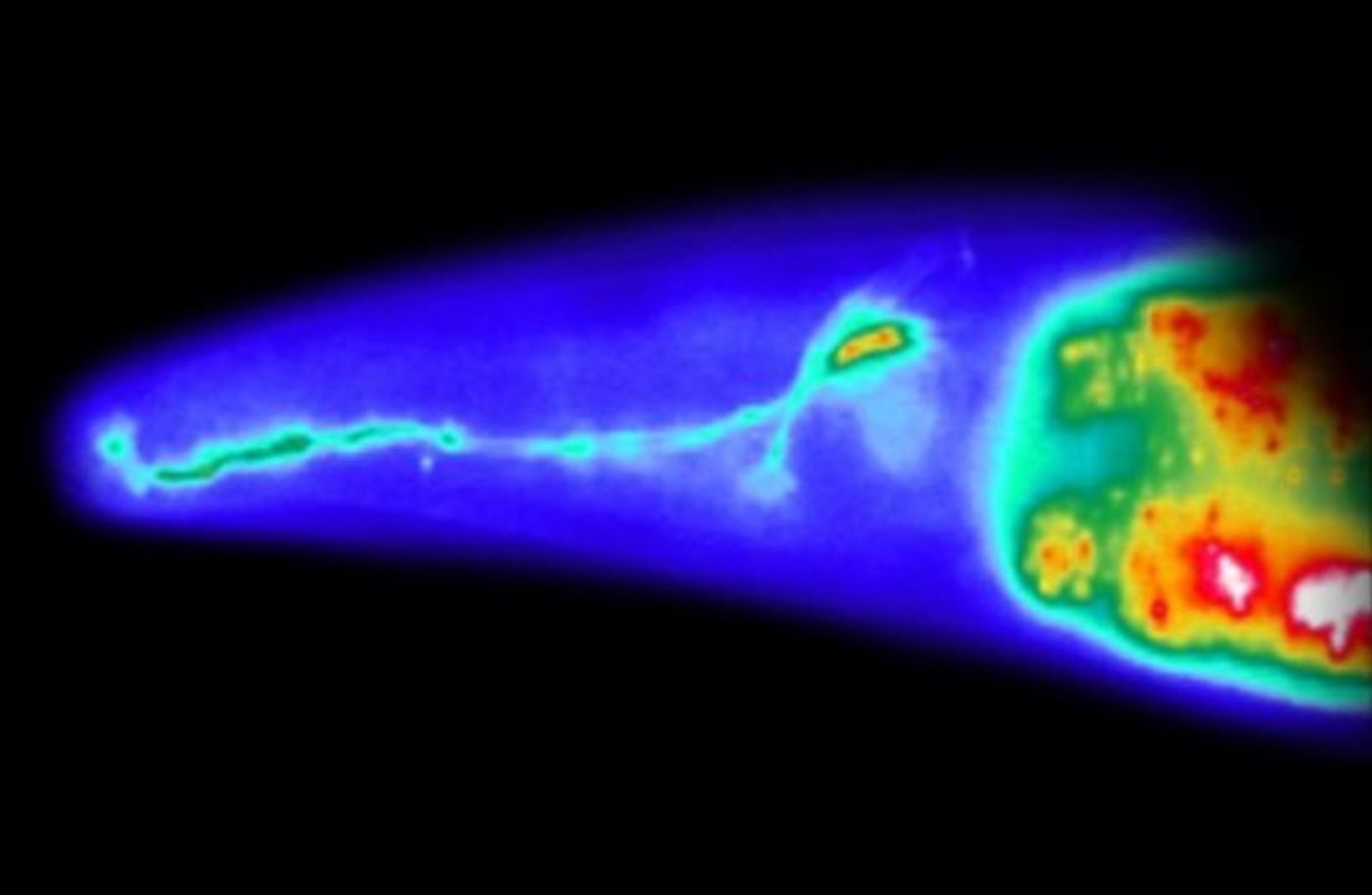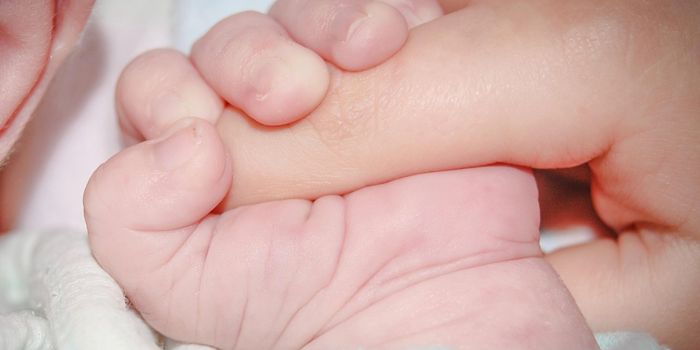Choosing whether or not to buy a lottery ticket is one example of making a decision where some risk is involved. Dodging traffic across a busy street because there’s a coffee place on the other side also involves a risk vs. reward decision process, but of course the stakes are a bit higher. The human brain has evolved to weigh these factors and make appropriate decisions but how do animals process these factors? It truly is about finding out why the chicken (or the roundworm) crossed the road.

Research from the Salk Institute’s Molecular Neurobiology Laboratory was published recently in the journal Neuron and it reveals new information on how two chemicals interact in animals and how that interaction allows animals to balance risk and reward and learn how to best navigate their environment so that the needs for safety, food and shelter are met. The two chemicals that have to mesh precisely are dopamine, which controls reward and risk taking behavior and CREB, which is responsible for learning.
In a press release, senior author of the study Sreekanth Chalasani said, “Previous research has shown that certain neurons respond to changes in light to determine variability in their environment, but that’s not the only mechanism. We discovered a new mechanism that evaluates environmental variability, a skill crucial to animals’ survival.”
The mechanism Chalasani references is a circuit in the brain of roundworms that were used as subjects in the study. The circuit is comprised of 16 of the 302 neurons that roundworm brains contain. Researchers believe that this circuit of neurons is likely to be similar even in animals with more complex brains and hope the study results are the beginning of understanding some psychiatric and behavioral disorders.
The circuit, made up of 16 of the 302 neurons in the worm’s brain, likely has parallels in more complex animal brains, researchers say, and could be a starting point to understanding–and fixing–certain psychiatric or behavioral disorders.
The study results showed that much of the behavior seen in the roundworms was a result of their past sensory experiences, not simply the noise and light that went on around them. The mechanism that showed up clearly in the study demonstrated that the animals could tell what their environment was like and act accordingly, based on being able to sense the presence of food and when it was increasing or decreasing.
When food would decrease, dopamine, which would allow the worms to take more risks in seeking food would increase. This in turn would trigger an increase in the protein CREB which is responsible in part for making memories and retaining information that was learned.
Researchers experimented with placing the worm in areas with either large or small amounts of food and then using behavioral observation, genetic records, imaging and other methods to record how the animals responded to changes in the food supply. When amounts of food went down, dopamine went up to spur the worms on to look for more food. In conjunction with that, when the CREB protein was present in higher amounts, the worms learned faster where to go for the food.
Check out the video below to learn more about the study and what researchers hope will come from it.









